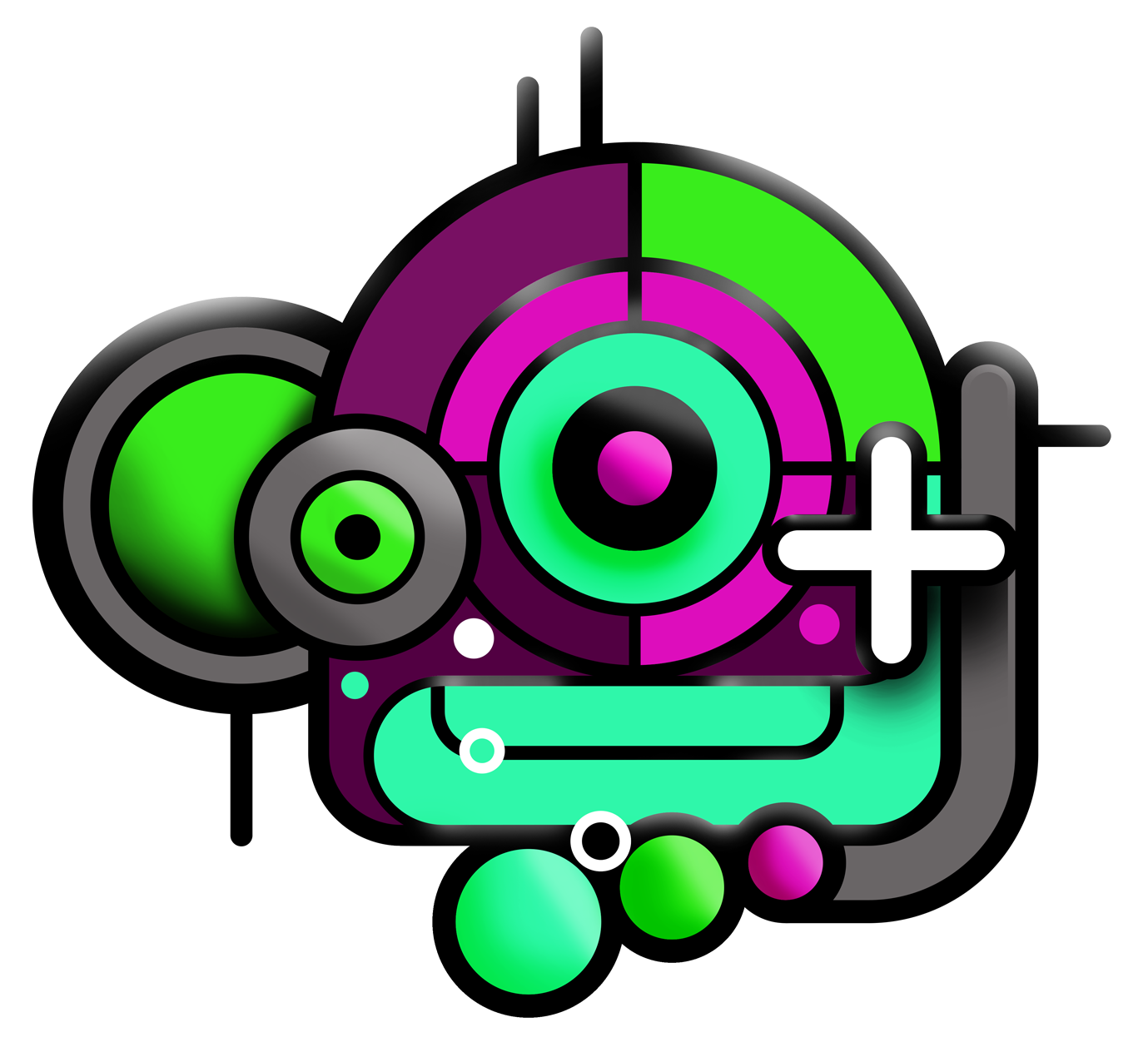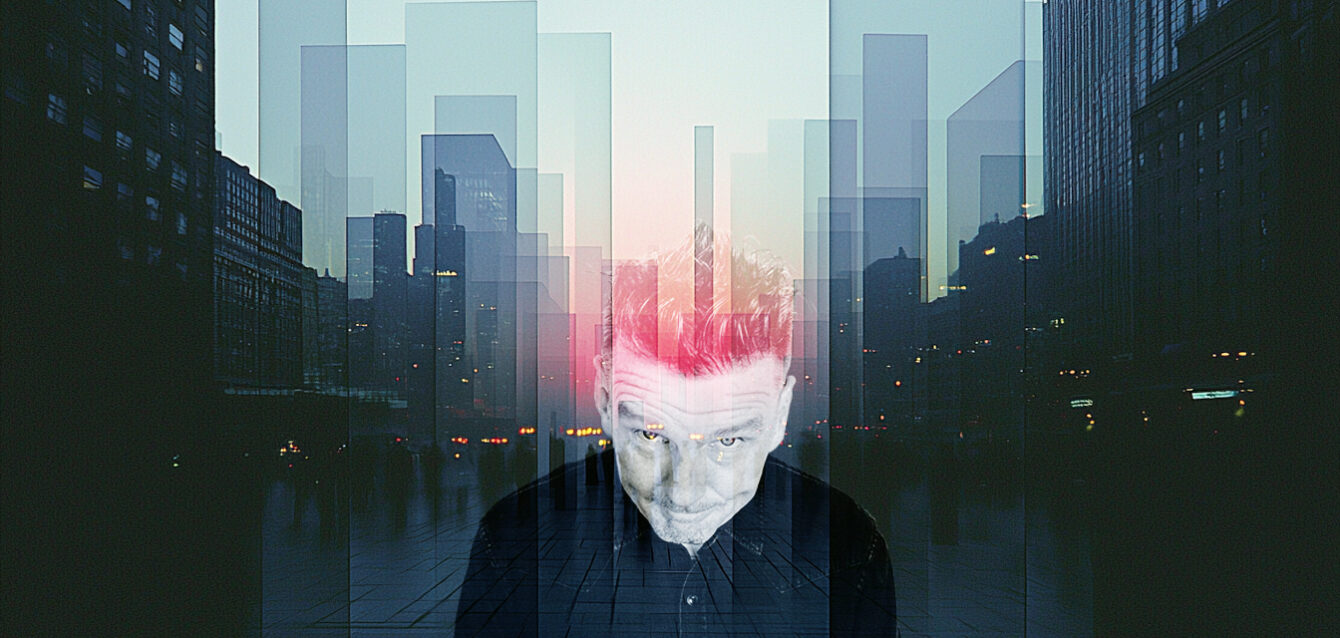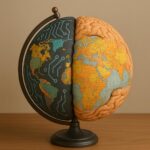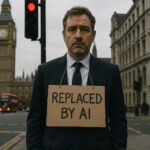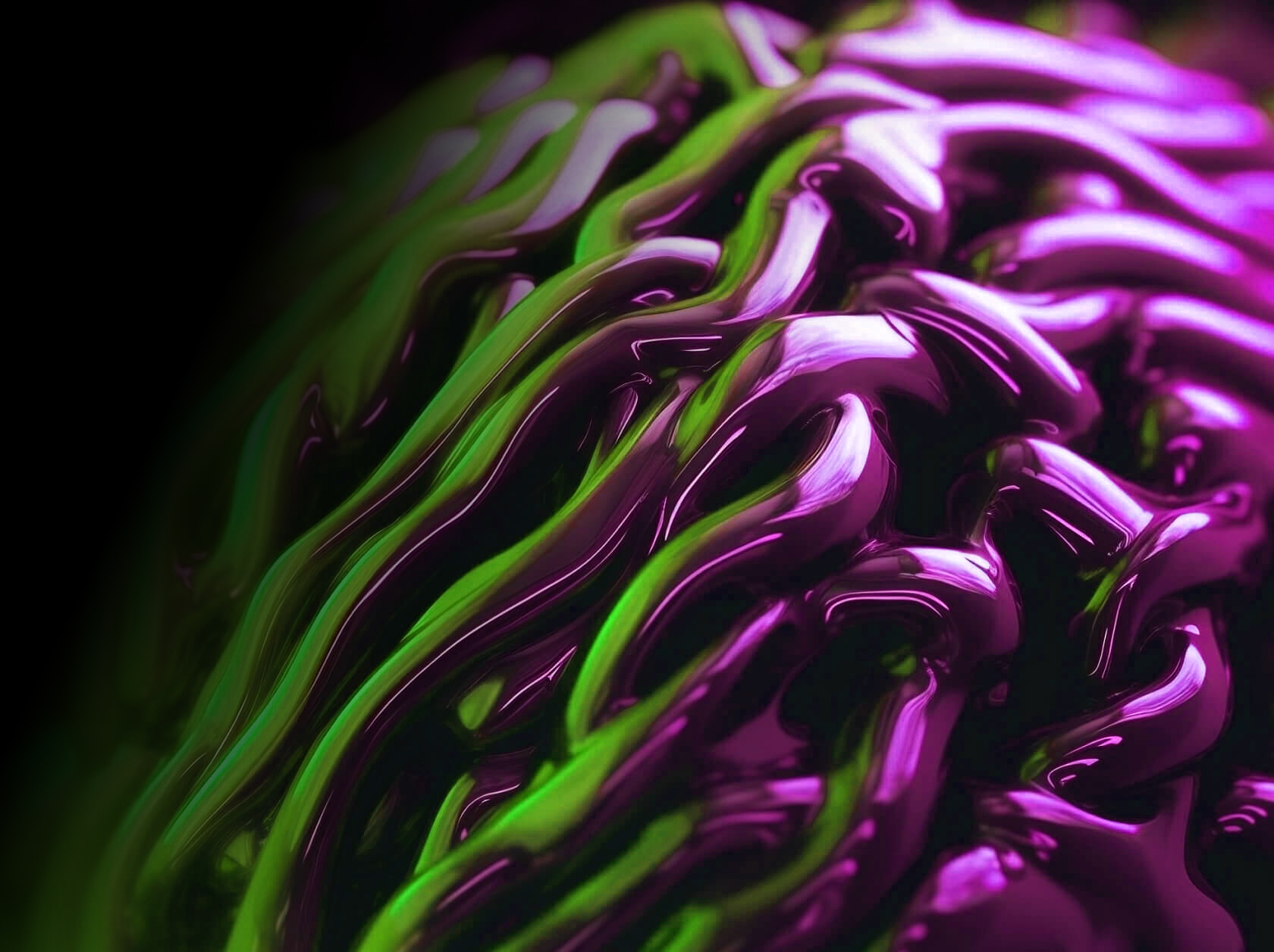The Only Constant in Creativity? Change.
Every generation faces that defining moment, the arrival of a new technology that makes you question everything. Is this the end of my career as I know it? I’ve been there. More than once.
I started my creative journey in a small Welsh town, Blackwood. It was the early ’90s, and the town had been hit hard by the collapse of the coal mining industry and was going through a massive change. Creativity was tactile. Ideas didn’t live on screens; they sprawled across desks, pinned to walls, scribbled in notepads, or, my personal favourite, beermats. Cutting and pasting didn’t mean a few clicks, it meant scalpels, spray mount, and hoping you didn’t misplace that one perfect headline. The colour of your brand identity usually depended on which Magic Markers were still working. It was messy. It felt like proper work.
Then the Apple Mac arrived. It was a massive gear shift, and expensive. The tools of the trade weren’t on the desk anymore; they were inside a machine. We had to buy one or get left behind. I was too young and naïve to think, “Will this kill the craft?” Of course, it didn’t. The Mac didn’t replace creativity, but it sped up execution, opened new possibilities, and made iteration easier. The idea still had to be great, the computer just helped you get there faster, while the deadlines got shorter.
Just as I was getting into the swing of it, along came the internet. Overnight, the way brands spoke to the world changed. No longer confined to print, TV, and radio, campaigns became interactive. We weren’t just talking at audiences anymore; we needed to talk with them. Social media amplified that shift, and suddenly, creativity wasn’t about the big reveal—it was about an ongoing conversation. Another wave of panic: “Is storytelling dead? Do we even have enough time to tell a story?” It wasn’t. It just moved to new platforms, with new rules.
AI: The Next Evolution, Not the End
Now, it’s AI’s turn to shake the industry, and the same questions are back.
Will AI replace creatives? Can an algorithm understand emotion, nuance, and human insight?
My answer? No. But it can amplify the way we work, if we let it.
AI is brilliant at the heavy lifting: generating variations, analysing trends, and turning hours of production into minutes. It can even spark ideas that might not have surfaced otherwise. But AI doesn’t understand why a line of copy makes you smile. It doesn’t know why a line of copy lingers in your mind or why a story moves you. That’s still our territory.
The real challenge isn’t whether we use AI, it’s how we use it responsibly. Creativity has always been about connection, and connection thrives on authenticity. AI can assist, but it can’t replace that instinctive understanding of what makes people feel seen, heard, and inspired.
A Familiar Pattern: Fear, Adoption, Transformation
Looking back, every seismic change has followed the same pattern:
- Fear: The initial panic of the unknown.
- Gradual adoption: Understanding how new tools fit within the creative process.
- Eventual transformation: When fear turns into innovation.
The Apple Mac. The internet. Social media. Now AI. Change is unstoppable. It always has been. The question isn’t whether we embrace it, you don’t have to. The real question is: Do you have the energy to push on with this next shift? It’s not a race, but another journey.
Buckle up. And keep a few beermats at hand.
Need a marketing agency? One that harnesses the power of AI for efficiency and results? And, most importantly, one driven by people who care about other people, the planet, and society?
At Humaine, we blend AI with human expertise to deliver smarter, faster, and more impactful outcomes—because the future of business isn’t just about profit; it’s about purpose.
Extraordinary Together.


